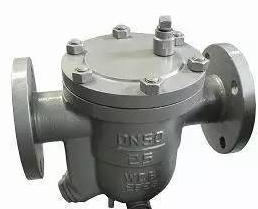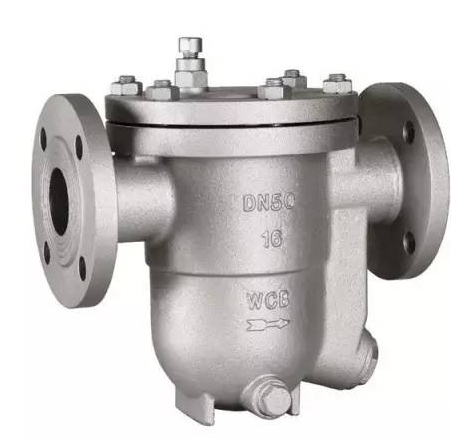Selection of steam traps and related introduction

Steam traps are no stranger. They are widely used in steam equipment, steam, heating systems such as pipes, heaters, radiators, etc., to automatically remove condensate, air and non-condensable gases, and prevent steam leakage and improve thermal efficiency. At the same time, it also has the following functions: preventing the condensation of condensed water on the corrosion of equipment and pipelines, preventing water hammer, movement and icing of steam pipelines and equipment. Suitable for power stations, heat, petrochemical, chemical fiber, textile, metallurgy, medicine and other fields. Steam traps can be divided into float type, floating barrel type, liquid or solid expansion type, bell-shaped float type, vapor pressure type or bellows type, bimetal type, pulse type and disc thermodynamic type.
The principles to be followed for steam traps:
1. Determine the pressure difference between the inlet and outlet of the steam trap according to the actual working conditions. The inlet pressure of the steam trap refers to the lowest working pressure at the inlet of the steam trap due to the fluctuation of the steam pressure or the throttling of the temperature regulating valve; the outlet pressure of the steam trap refers to the highest working back pressure that may be formed after the steam trap When discharged into the atmosphere, the actual differential pressure is determined by the inlet pressure of the steam trap.
2. According to the amount of condensate generated by the steam heating equipment during normal operation, multiply by the selected correction factor k, and then select according to the displacement of the steam trap.
3. The amount of condensate can be calculated by the following method:
(1) The amount of condensed water generated during pipeline operation is q=q0l(1-z/%)(kg/h). In this formula:
q: amount of condensed water (kg/h)
Q0: the amount of condensed water produced by the light pipe (kg/h)
l: distance between hydrophobic points (m)
z: insulation efficiency (%)
(2) The amount of condensed water generated by the steam heating equipment during operation q=vrcΔt/ht, in this formula:
q: amount of condensed water (kg/h)
v: volume of the object to be heated (m3)
r: density of the object to be heated (kg/m3)
c: specific heat of liquid (kcal/kg.oc)
â–³t: liquid temperature rise (oc)
h: latent heat of steam (kcal/kg)
t: heating time

4. The structure and principle of various types of steam traps are different, the performance liquids are not the same. When selecting, different steam traps can be selected according to different use occasions.
RXIRY Low-light Vision GEN3 Binoculars

infrared, goggle, thermal, observation
Rxiry (Jiangsu) Optoelectronic Co., Ltd , https://www.rxiryrangefinder.com
